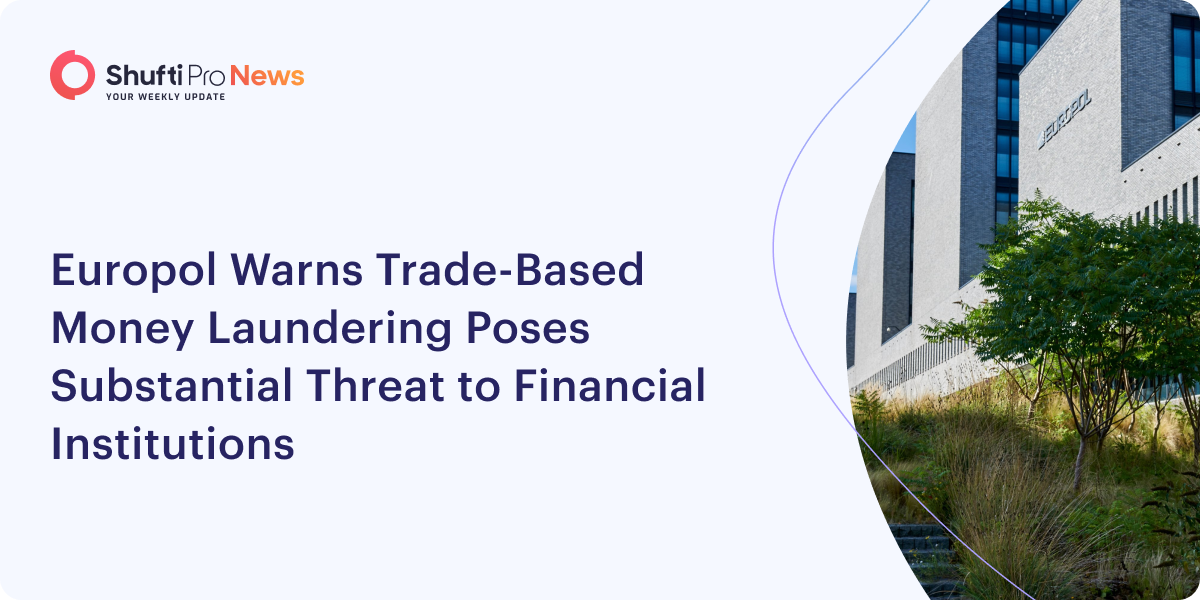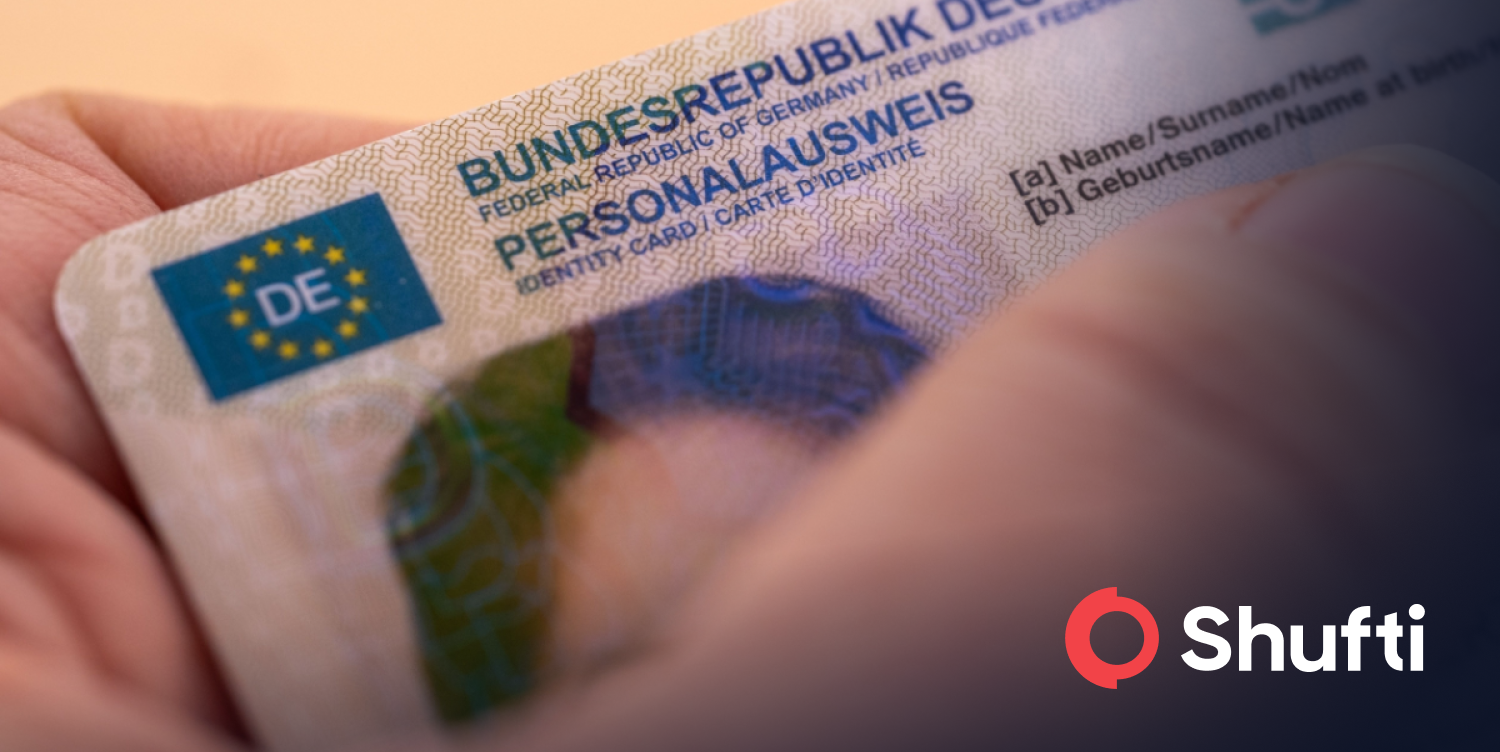Europol Warns Trade-Based Money Laundering Poses Substantial Threat to Financial Institutions

Financial institutions faced trade-based money laundering as a new threat since the digitalisation of commerce and financial services, revealed Europol research.
Trade-Based Money Laundering (TBML), allegedly exploiting standard trade transactions to shift criminal proceeds into the formal financial system, has long been a source of concern for the sector. In its first cross-border threat assessment report, Europol claimed that this strategy poses an increasing threat to banks and financial institutions.
On the basis of information collected by the EU member states through investigation and intelligence, “Criminal networks are increasingly involved in TBML, a method that exploits foreign trade and transit procedures to move criminal funds using false invoicing and documentation. Criminals set up trading structures operating with goods and services across many sectors as well as jurisdictions and the most common goods targeted include metals, vehicles, construction equipment and medical devices.”
Criminals are using digital platforms to launder money from one place to another, and the easy way to spot illicit activity is by implementing digital tools like electronic document verification rather than relying on manual processes. The report revealed, “The digitalisation of the economy is slowly but steadily reshaping the known money laundering process, making the various steps of the procedure much more blurred.”
The report also highlighted the various criminal groups in China that use digital platforms and set up a contract between parties that allows them to transfer money internationally, without physically being present on the other end. The report also stated, “The magnitude of EU-China trade allows them to obfuscate the illicit money flows, and funds are transformed into other commodities and compensation schemes with money laundering networks using a combination of physical trade transactions and informal systems for transferring value.”
The risk of trade-based money laundering in the financial sectors has received significant interest from the regulatory authorities. The European Banking Authority (EBA), the EU’s top banking and finance regulator, said in a risk assessment report published in April that there is “perceived high, inherent [money laundering] risk associated with correspondent banking and trade finance”, based on feedback from national authorities.
On the contrary, in the US, authorities find it challenging to tackle the growing concern of trade-based money laundering. The Office of Inspector General reported that the US Immigrations and Customs Enforcement (ICE) “has limited ability to identify and combat commodities imported as part of trade-based money laundering schemes.”
The report also revealed that ICE analysts rely on manual searches for billions of dollars and search for dispensaries instead of automated technology and have only 3 criminal research specialists and 1 section chief, who are on “constant rotation” of temporary promotions and secondments from field offices.
ICE stated that they are moving their processes to be automated and has submitted a request to increase permanent staff for transactional monitoring. It is also revealed that the processes will be automated by March 2025, but the changes required “could take years to fully implement.”
Suggested Reads:
EUROPOL RELEASES FIRST FINANCIAL AND ECONOMIC CRIME REPORT
G20 SUMMIT AGREES TO ESTABLISH A UNIFIED GLOBAL CRYPTO FRAMEWORK TO PREVENT DIGITAL MONEY LAUNDERING










